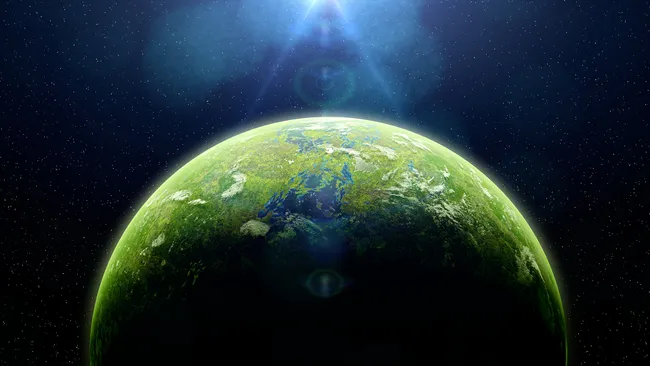
What's the best evidence we've found for alien life?
The article from Live Science provides an in-depth exploration of various scientific endeavors aimed at uncovering evidence of extraterrestrial life. It delves into the concept of biosignatures, which are indirect indicators of life that scientists search for in the atmospheres of distant exoplanets. These biosignatures include gases like oxygen or methane, which could suggest the presence of living organisms.
The article also discusses extremophiles, organisms found on Earth that thrive in extreme environments such as deep-sea hydrothermal vents or acidic hot springs. Scientists study these extremophiles to understand the potential for life to exist in harsh conditions elsewhere in the universe.
Furthermore, the piece examines ongoing efforts to search for signs of life within our solar system, particularly on Mars and moons like Europa and Enceladus. Scientists analyze Martian rocks and search for evidence of past water or microbial life. Similarly, they explore the subsurface oceans of icy moons for signs of habitability and the potential existence of extraterrestrial life.
Additionally, it touches upon the Search for Extraterrestrial Intelligence (SETI), a scientific endeavor focused on detecting signals from intelligent alien civilizations. SETI involves scanning the cosmos for radio signals or other forms of communication that could indicate the presence of extraterrestrial beings.
Overall, the article provides a comprehensive overview of the multifaceted approaches scientists use to search for signs of alien life, spanning from biosignatures on distant exoplanets to extremophiles on Earth and the exploration of our solar system for habitable environments.
For more insights into the ongoing search for extraterrestrial life and the various scientific methods employed, you can explore the article on Live Science's website: https://www.livescience.com/space/extraterrestrial-life/whats-the-best-evidence-weve-found-for-alien-life



